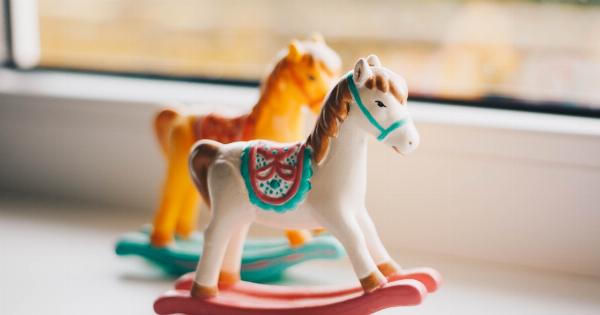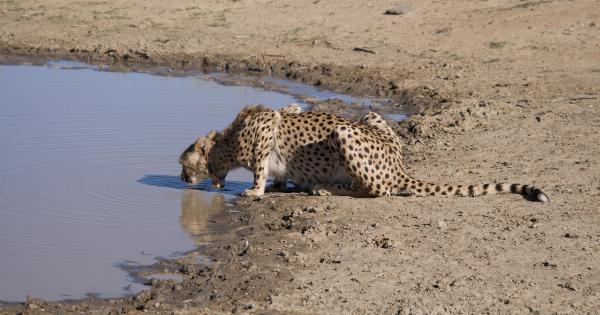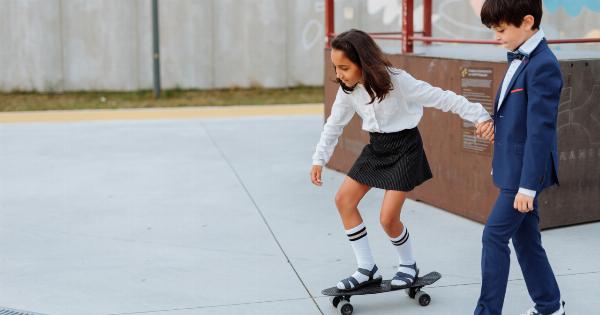Childhood animal abuse is a distressing issue that can have long-lasting effects on both the child and the animals involved.
It is important to understand the causes behind this behavior and the potential consequences it can have on individuals and society as a whole.
Causes of Childhood Animal Abuse
There are several factors that can contribute to childhood animal abuse:.
1. Lack of empathy
Some children may lack the ability to empathize with animals, which can lead to abusive behaviors. This may be due to various factors such as a troubled family environment or exposure to violence.
2. Exposure to violence
Children who witness violence or are victims of abuse themselves are more likely to exhibit violent behaviors towards animals. They may view animals as easy targets for their own frustrations and aggression.
3. Power and control
Abusing animals can give some children a sense of power and control, especially if they feel powerless in other aspects of their lives. Inflicting pain on animals can make them feel dominant and in charge.
4. Desensitization
Children who are frequently exposed to violent media or have witnessed animal abuse may become desensitized to the suffering of animals. This can make it easier for them to harm animals without feeling remorse or empathy.
5. Learned behavior
In some cases, children may learn abusive behaviors towards animals from their parents or other authority figures. If they witness adults mistreating animals, they may believe it is an acceptable way to behave.
Consequences of Childhood Animal Abuse
The consequences of childhood animal abuse can be far-reaching and impact the individual, animals, and society:.
1. Psychological effects
Children who engage in animal abuse may develop psychological issues such as antisocial behavior, aggression, and a lack of empathy. These can persist into adulthood, leading to difficulties in forming healthy relationships.
2. Continuation of abuse
Children who mistreat animals are more likely to continue engaging in abusive behaviors as they grow older. This pattern of abuse can extend to other humans and can be an early warning sign of future violent behavior.
3. Animal welfare concerns
Childhood animal abuse not only harms the animals involved but also raises concerns about animal cruelty and welfare. It perpetuates a cycle of violence and contributes to a culture of cruelty towards animals.
4. Impact on community
Communities where childhood animal abuse is prevalent may experience a decline in overall compassion and empathy. This can create a hostile environment, both for animals and for vulnerable individuals within the community.
5. Legal consequences
In many jurisdictions, animal abuse is considered a crime. Children who engage in animal cruelty can face legal consequences, which can have a lasting impact on their future prospects and opportunities.
Prevention and Intervention
Addressing childhood animal abuse requires a multi-faceted approach:.
1. Education and awareness
Providing education about empathy, compassion, and animal welfare from an early age can help prevent childhood animal abuse. Schools, community organizations, and parents play a crucial role in teaching children about the proper treatment of animals.
2. Counseling and therapy
Children who engage in animal abuse may benefit from counseling or therapy to address underlying issues, such as trauma or a lack of empathy. Early intervention can help prevent future abusive behaviors.
3. Reporting and intervention
Instances of childhood animal abuse should be taken seriously and reported to appropriate authorities. Prompt intervention can protect both animals and the child involved and prevent further harm.
4. Animal-assisted therapy
Animal-assisted therapy can be beneficial for children who have engaged in animal abuse. Interacting with animals in a safe and controlled environment can help develop empathy and positive relationships.
Conclusion
Childhood animal abuse is a complex issue with serious consequences.
By understanding the causes behind this behavior and taking proactive measures to prevent and intervene, we can work towards creating a more compassionate society where both animals and children are safe and respected.






























